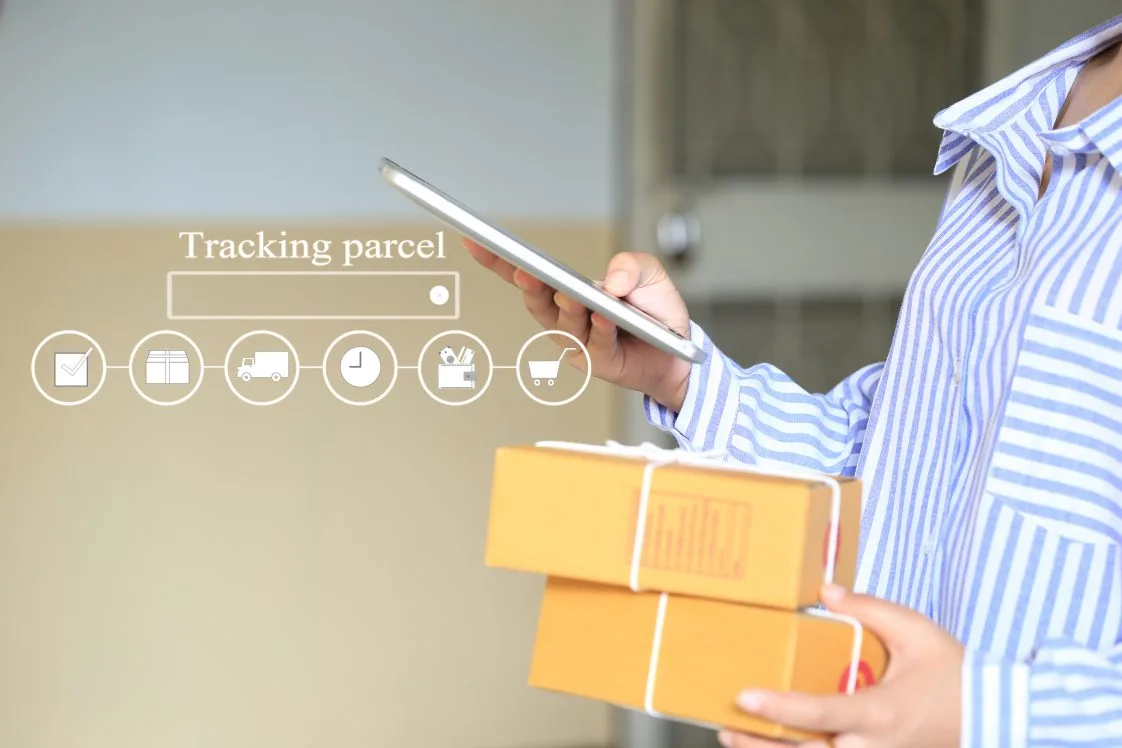Technology and the Future of Retail

As new technologies emerge, retail and eCommerce businesses have to make tough decisions about what to adopt. But selecting the right technologies can be difficult when there are so many needs in your organization. Inventory has to be managed effectively. Customer support has to be top-notch, and fraud protection has to be airtight.
What types of technology will help retailers as we move into the future then? Let’s look at 4.
Customer Care: Visual IVR
In the past, customers were stuck with one of two options for customer support. Either they could reach out to your agents directly, or they could navigate through a traditional IVR (interactive voice response) solution to find answers to their questions. And sometimes, option one would still lead to option two, if they had to work their way through a voice or touch-tone operated menu to reach a customer support agent.
Today, Visual IVR makes it easy for customers to self-serve frequently asked questions and solve simple problems by guiding them through a visual menu on their screen. They can quickly plug in basic information like a phone number or order number and get details on their order status in seconds. And, if they have multiple questions, they can easily navigate around the menu to find all the information they’re looking for.
Using Visual IVR, you can both accelerate the customer service process and provide a positive customer experience to anyone looking for support.
Order Tracking: Real-Time SMS Notifications
While online shopping used to mean long wait times and surprise deliveries for customers, there are several new technologies making the order cycle shorter and more transparent. One of those is order tracking notifications.
By notifying customers when their order exchanges hands or moves between cities or states, you can make online shopping a much more relaxing experience. Customers can know exactly where their order is at a given moment (without having to log in to an account or memorize order numbers), and they can get an accurate idea of when the package will arrive. And by getting an update when their order reaches the last mile, customers can plan their day and availability around the arrival time.
Given that SMS is the preferable form of brand communication for 75% of millennial costumers and that SMS has a 98% open rate overall, it should come as no surprise that SMS order tracking is the way of the future.
Fraud Detection: Artificial Intelligence (AI)
Keeping ahead of fraudsters has always been a challenge for retail businesses. But as fraud continues to evolve and algorithms get smarter, handling fraud detection and prevention by hand is no longer sustainable. To keep fraudsters from stealing inventory and your customers’ information, you need technology that can pinpoint suspicious behavior in milliseconds and stop the activity in its tracks.
Using machine learning and consortium data, artificially intelligent algorithms can review customer transactions and instantaneously provide risk ratings. This allows your team to make smarter decisions on whether to accept or reject the customer’s request. And since the machine learning algorithm can assimilate new data over time, the AI can continually improve to keep up with fraudsters.
Inventory Management: Predictive Analytics
Traditionally, inventory management was handled on a location by location basis, and products were stocked and restocked using retroactive data and insights. That isn’t the case anymore, though.
In fact, inventory management technology now makes it possible to view inventory organization-wide. At the same time, new predictive analytics technology enables businesses to accurately predict inventory needs across all locations. This allows them to meet demand by stocking the right amount of popular inventory and cut fulfillment costs by placing the products in warehouses and brick-and-mortar stores close to the demand.
By combining inventory management tools with forecasting technology, retail and eCommerce businesses can also see what types of products customers are interested in to better plan and prepare future inventory.
While there are a lot of must-have technologies out there, purchasing each one as an individual solution can be both expensive and difficult to manage. As a complete omnichannel order management system, Radial comes with all of the above technologies — from visual IVR to predictive analytics — and more built into its turnkey platform. Working with Radial, you can effectively manage every step and angle of the customer journey and successfully deliver the customer experience your shoppers expect.
